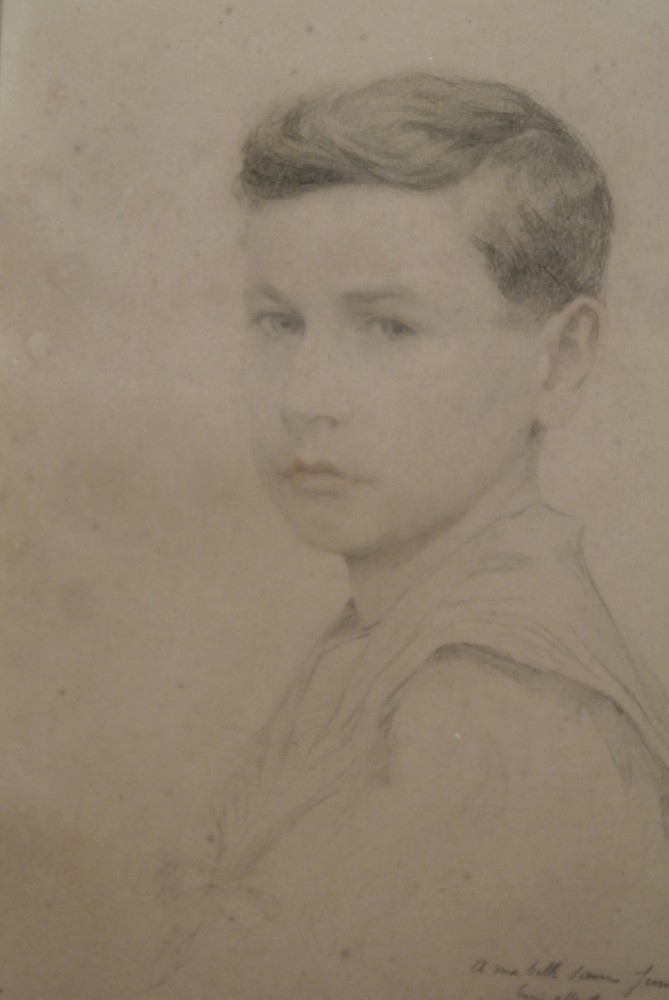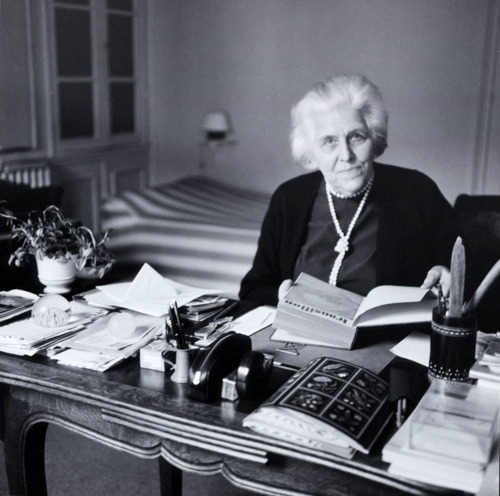
Maria Jolas in her apartment on the rue de Rennes, Paris 1980. Photograph by Gisèle Freund (courtesy of the Bienecke Rare Book & Manuscript Library, Yale University)
“Carry me along, Taddy, like you done through the toy fair,” James Joyce writes on the closing page of his last novel Finnegans Wake. “Taddy” refers to Joyce’s profligate but much-loved father, and to all our fathers. I had assumed the phrase was what Joyce’s own son, Giorgio, said to his father in a Trieste or Pola funfair.
Maria Jolas, Joyce’s friend and defender from the 1930s, relates in her autobiography that it was originally her father, carrying her through the Jefferson County Fair in Louisville Kentucky: her earliest memory. She recalled the experience in dinner-table conversation with Joyce, and he put his own words on it for his “buke”.
Born Maria McDonald in 1893, she was the middle child of Confederate military stock on her father’s side – “in the folds of the stars and the bars” – and a descendant of Thomas Jefferson on her mother’s. Her long life stretched from the Spanish-American War, the United States’ “first foreign imperialist adventure” to the American War in Vietnam, which she vociferously opposed. Her upbringing in a segregated South imparted a strong, practical anti-war and anti-imperial stance.
In her memoir, Jolas quotes Webster’s original Civil War meaning of the word “carpetbagger” – wildcat bankers who defrauded the people and decamped. This brings home to us that carpetbaggers, like the poor, are always with us. Kentucky, she reminds us, means “dark and bloody ground”, the state’s name commemorating the fratricidal struggles between the Cherokee and Iroquois nations. Jolas’s commitment to justice, through her work with AIM (American Indian Movement) and PACS (Paris American Committee to Stop War) surely has its roots in her childhood.
Her passion for music was similarly stirred by the black culture around her in Louisville. “…to enter into their black or brown skins, to discover from within the emotional soil in which this timbre, these rhythms, were rooted.” Before the Great War she saw Gustav Mahler conduct the New York Philharmonic and heard Caruso sing at the Met.
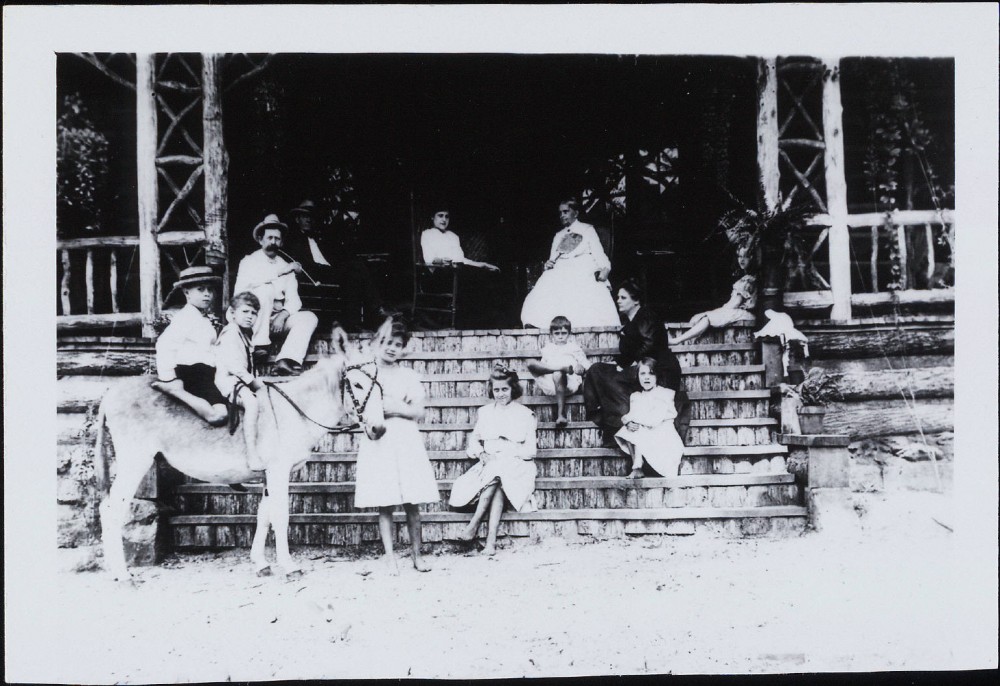
Maria McDonald Jolas, Louisville, Kentucky, circa 1910, seated front centre (courtesy of the Beinecke Rare Book & Manuscript Library, Yale University)
The war cut short a first year abroad in Berlin. In November 1913 she sailed to Bremen on the Imperator and drank hot bouillon on deck each morning of the ten-day voyage. In Berlin she studied singing, discovered Kaffee und Kuchen under apple blossom on the Wannsee, heard concerts and saw plays, among them Frank Wedekind’s Spring Awakening, in a revival production by Max Reinhardt.
This was a play she was to give me sixty-five years later in 1979, when I was 22 and she well into her 80s. She thought its early expressionist mix of adolescent homosexuality and lyrical risk were just what I needed. She was spot on.
After the Great War she returned to Europe, this time to Paris. Hers was the heady experience of being young in Paris and acquiring an artistic vocabulary which she hadn’t yet encountered in her first language. In 1925 she met her future husband, Eugene Jolas, an American journalist of German and French-Lorraine extraction, who wanted to start a literary magazine. Between them they knew most of the great artistic figures of the day: the Romanian sculptor Brancusi, the Montparnasse cubists, the surrealists, Beckett and, especially, Joyce.
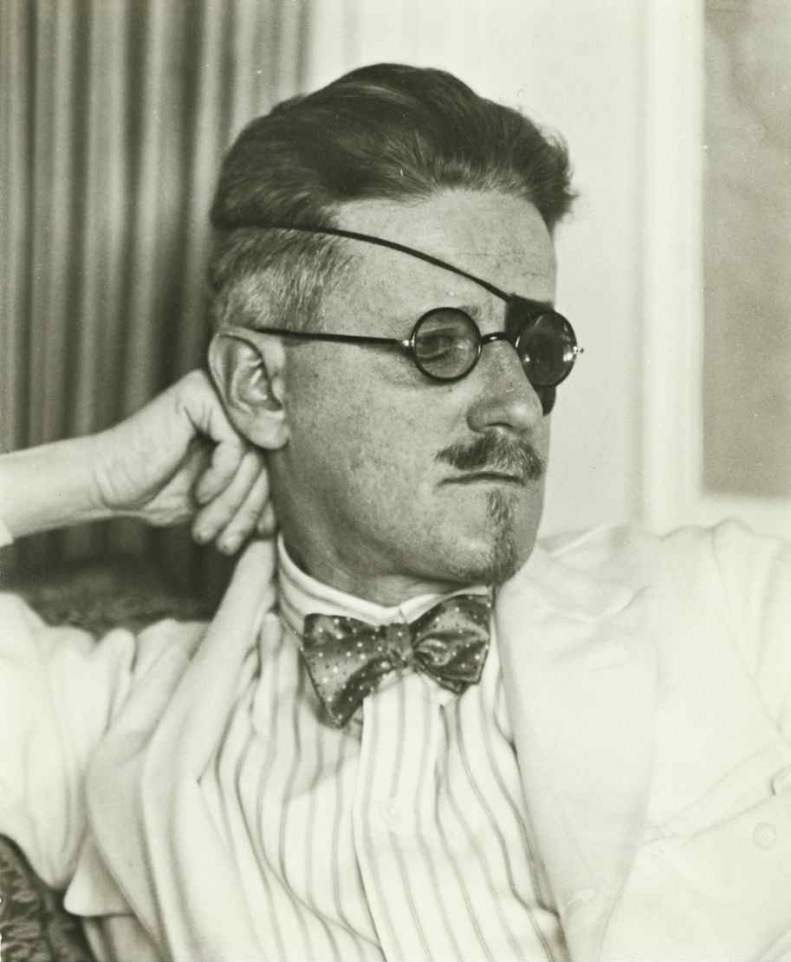
James Joyce photographed in 1926 by Berenice Abbott
And so transition was born. Running from 1927-1938, it published many of the moderns, capturing the literary and artistic ferment of Paris between the wars.
Maria Jolas founded the first bilingual school of Paris – in Neuilly. Between 1932 and the onset of war, a thousand children passed through its doors. It moved to Bourbonnais, 18 kilometers from Vichy, when Paris became untenable as the Germans advanced. “On August 28, 1940, the last pupil was with his family, the last textbooks were put up in the attic, waiting until the school could open once more.”
It did not re-open but we sense Maria’s generosity and energy in those years. She raised her own two children, the composer Betsy Jolas and the anthropologist Tina Jolas. When I knew her, in 1979, Maria talked non-stop, her conversation peppered with famous names: Brecht, Beckett, Burgess. It is a particular pleasure to read her Memoir between covers, published by the South Carolina University Press, since she was writing it at the time of our meetings in her apartment on the rue de Rennes all those years ago.
She recalled ringing up Joyce long distance one day and him saying “it sounds like you’re speaking from the north of Scotland” – evincing his excellent ear for accents. She quoted Joyce’s reaction to the German soldiers in occupied Paris: “what would they have been like if they were fed.”
Joyce was almost blind in those last weeks at St. Gérand-Le-Puy, near Vichy. His grandson, Stephen Joyce, attended Maria’s school. His daughter, Lucia, suffering from schizophrenia, was much on his mind.
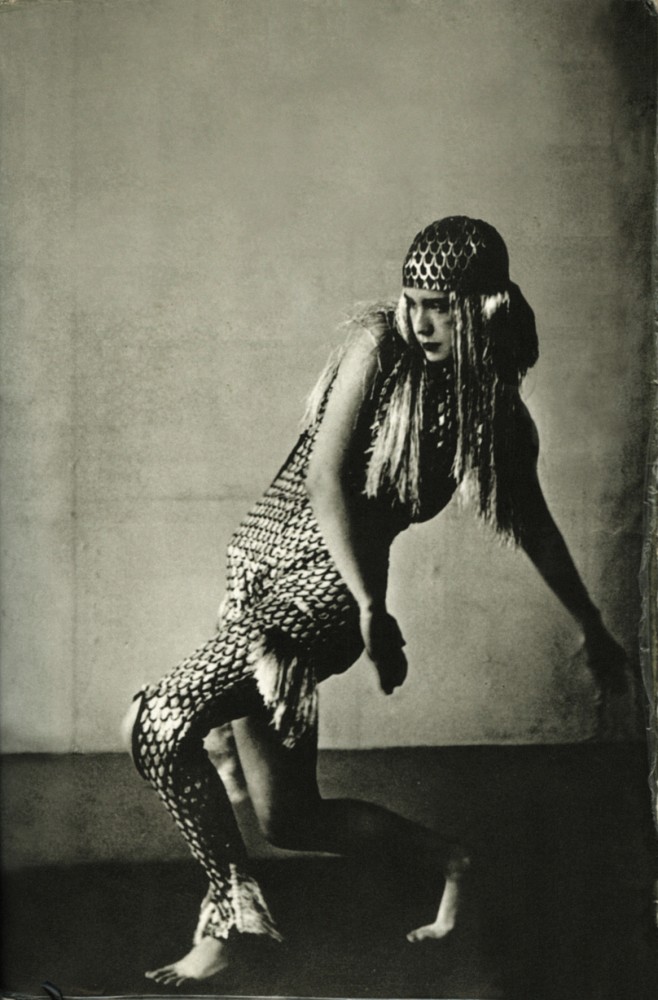
Lucia Joyce dancing at Bullier Ball, Paris, May 1929 (Stuart Gilbert Collection, Harry Ransom Center, Univ. Texas)
After the war Jolas maintained contact with Lucia in the Northampton hospital where she had been confined. In a journal draft Jolas writes; “Dear Joyce! He also resolutely rejected the diagnosis: “schizophrenia” which, at that time, was of uncertain origin and treatment, although it was the conclusion of most of the specialists consulted both in France and in Switzerland. Nora was more fatalistic; early on, she did not foresee a cure. That was in 1932. I am writing this, a few days after Lucia’s death, at the age of 75, on Dec. 12, 1982.”
The last time I saw Maria was at a reading in the British Institute in Paris in 1979 given by the sometime-Surrealist poet, David Gascoigne. There she was, wielding a cane, triangulated on the earth the way old people are whose presence has cost some effort of physical will. Maria McDonald Jolas died in Paris in 1986.
Maria Jolas, Woman of Action: A Memoir and Other Writings, edited by Mary Ann Caws. University of South Carolina Press, 2004.
